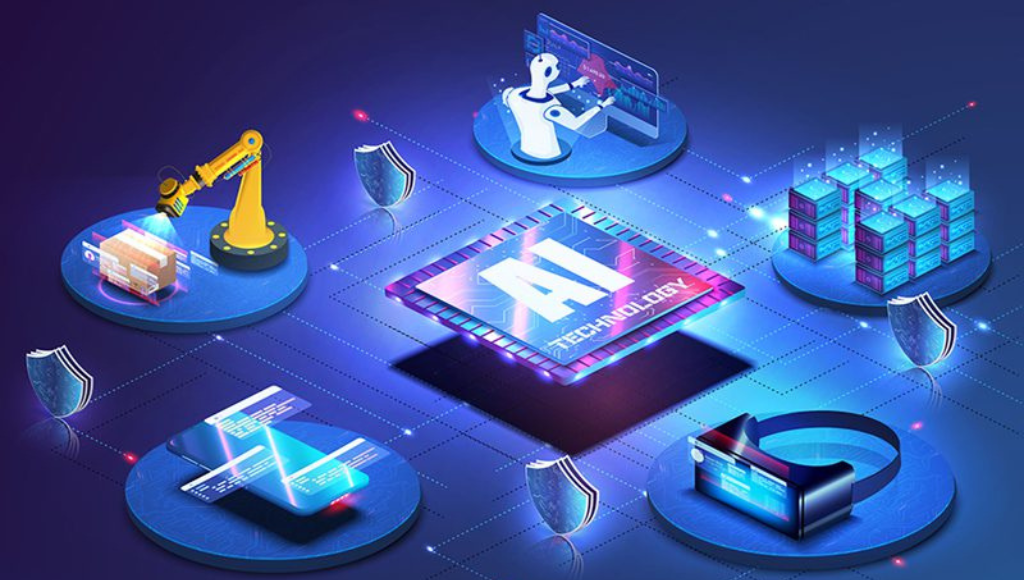In recent times, the spotlight has been cast on artificial intelligence (AI), with particular emphasis on generative AI applications like ChatGPT and Bard. This surge in interest commenced around November 2022, triggering discussions and debates about the immense potential of AI as well as its ethical and practical implications. This article examines the growing dominance of AI, especially within operational technology (OT), shedding light on its impact, testing, and reliability.
The Phenomenon of Generative AI
Generative AI, or “gen AI,” has impressively ventured into diverse creative domains such as songwriting, image generation, and even email composition. However, along with its remarkable achievements come valid concerns about its ethical utilization and possible misuse. Introducing gen AI to the OT landscape raises profound inquiries about its potential consequences, methods of rigorous testing, and its safe and effective implementation.
Implications, Testing, and Trustworthiness in OT
Operational technology revolves around consistency and repetition, aiming to predict outcomes based on established input-output relationships. In this realm, human operators are ready to make swift decisions when unpredictability arises, especially in critical infrastructures. Unlike the relatively lesser consequences of errors in information technology, OT errors could result in loss of life, environmental harm, and extensive liability, amplifying the need for accurate crisis-time decisions.
AI relies on extensive data to make informed choices and formulate logic for appropriate responses. In OT, incorrect decisions by AI could lead to far-reaching negative effects and unresolved liability concerns. Addressing these issues, Microsoft has proposed a comprehensive framework for the public governance of AI, advocating for government-led safety frameworks and safety mechanisms in AI systems overseeing critical infrastructure.
Enhancing Resilience through Red Team and Blue Team Exercises
Drawing from the “red team” and “blue team” strategies originating in military contexts, cybersecurity experts collaboratively test and fortify systems. The red team simulates attacks to reveal vulnerabilities, while the blue team focuses on defense. These exercises offer valuable insights to bolster security.
Applying AI to these exercises could narrow the skill gap and mitigate resource limitations. AI may uncover hidden vulnerabilities or suggest alternative defense strategies, thereby illuminating new methods to safeguard production systems and enhance overall security.
Unveiling Potential with Digital Twins and AI
Leading organizations have embraced the concept of digital twins, creating virtual replicas of their OT environments for testing and optimization. These replicas allow for safe exploration of potential changes and optimizations, aided by AI-driven stress testing. However, the transition from the digital realm to the real world entails considerable risk, necessitating meticulous testing and risk management.
AI’s Role in SOC and Noise Mitigation
AI’s utilization extends to security operations centers (SOC), where it aids in anomaly detection and interpretation of rule sets. Leveraging AI in this context mitigates noise in alarm systems and asset visibility tools, enhancing operational efficiency and enabling staff to focus on priority tasks.
Anticipating the AI-OT Convergence
As AI increasingly permeates information technology (IT), its influence on OT also grows. Instances like the Colonial pipeline ransomware attack underscore the interconnectedness of these domains. To balance innovation and safety, AI adoption in OT should commence cautiously in lower-impact areas. This measured approach necessitates robust checks and internal testing.
Striking a Balance
While the potential of AI in enhancing efficiency and safety is undeniable, a balanced approach is paramount. Ensuring safety and reliability in the realm of OT is crucial as AI and machine learning continue to evolve. By embracing these technologies responsibly, the industry can harness their benefits while safeguarding against potential risks.






